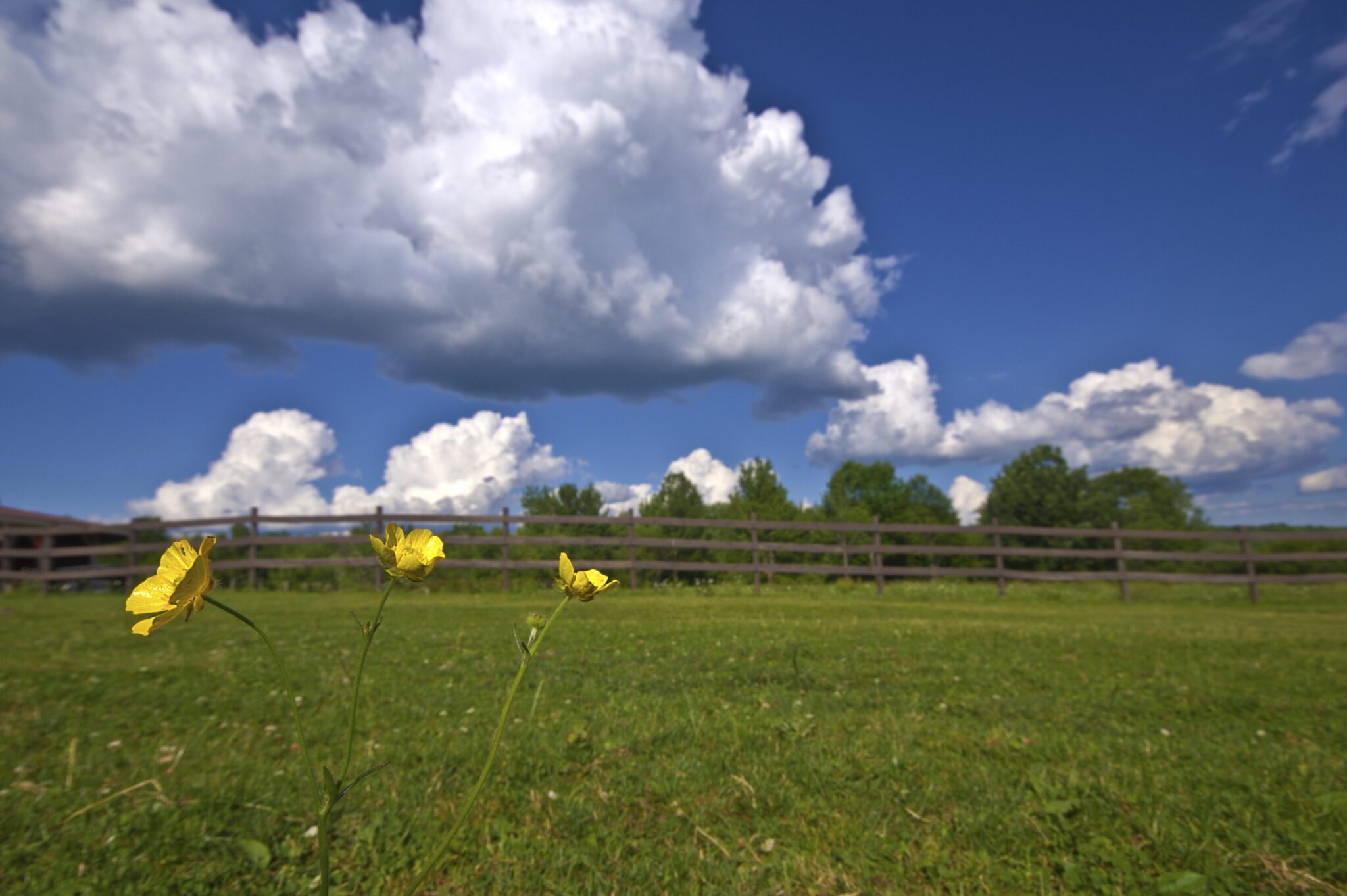News
Zeedyks: a low cost, high return investment in wet meadows

According to the Environmental Protection Agency, the wet meadows habitat includes lowland areas that are close to 100% vegetated with perennial grasses and forbs. Vegetation is typically darker and/or greener than surrounding areas.
There are many wet meadow habitat areas in Sheridan County. Sheridan Community Land Trust understands that wet meadows play a key role by providing forage for livestock while providing a home for many species of wildlife and plants. These wet meadows act as a natural sponge by absorbing and slowly releasing water so that surrounding plants and wildlife are not as negatively impacted by drought.
According to SCLT, when gullies or head cuts begin to form, the water runs out of the meadow faster which decreases the amount of vegetation. Over time, if the erosion is not corrected, it is possible to lose the entire meadow. This erosion can be addressed by using Zeedyks which are low maintenance, hand-built structures, generally made from stones.
While appearing on Sheridan Media’s Public Pulse, SCLT Conservation Intern Rebecca Ash, described what a Zeedyks is and how they benefit landowners.
Zeedyks are not dams. According to the land trust, the main role of Zeedyks is to stop erosion before a head cut, rill, or gully becomes too big or too expensive to fix. These low-cost structures prevent further erosion by slowing the flow of water and provide a protective layer on top of the eroding soil. Zeedyks also catch sediment that eventually will rebuild the eroded area over time. Zeedyks allow water to soak deeper into the ground, which allows greater growth of the surrounding vegetation in the eroded area.
To learn more about Zeedyks and if they are the best method for your wet meadow, contact Rebecca Ash at the Sheridan Community Land Trust at 307-673-4702.

